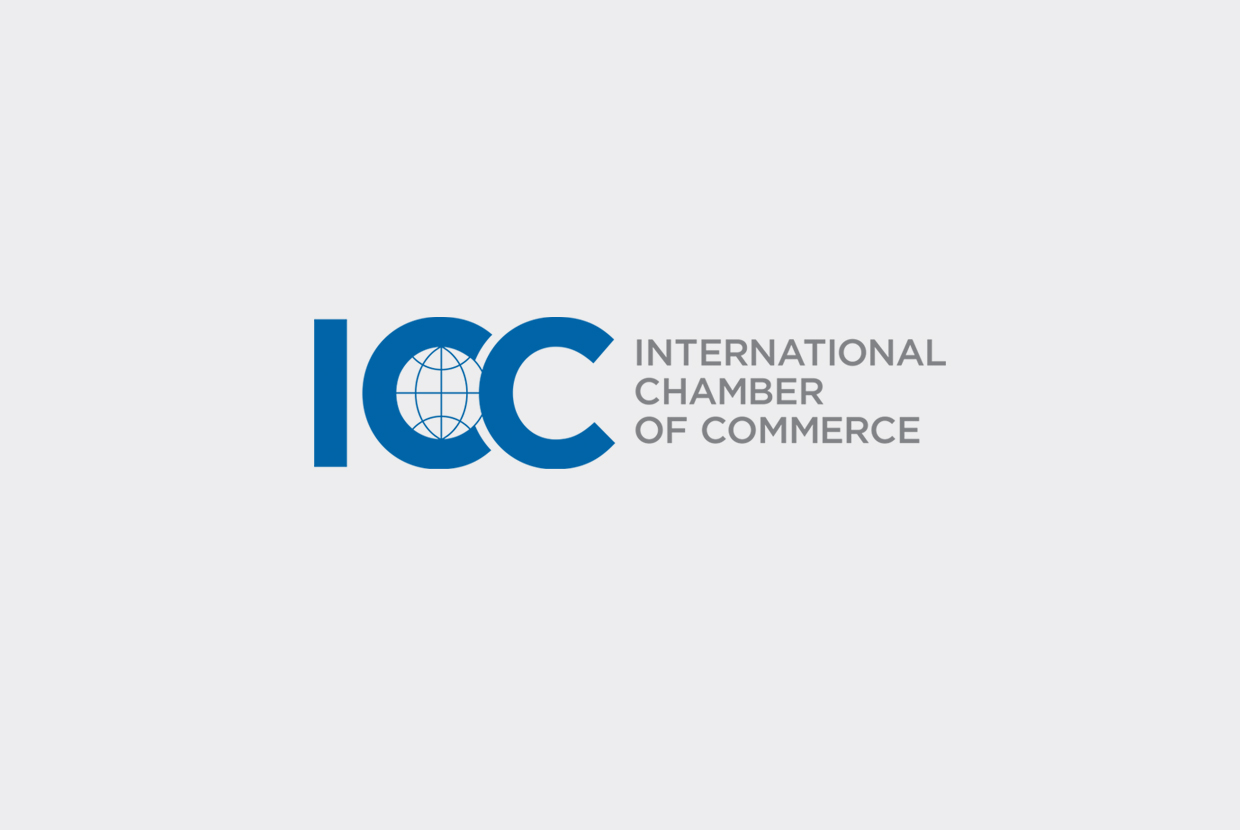Trade finance consultancy TradeWiz’s bank payment obligation (BPO) application, known as Tr8Star, has been certified by Swift.
In achieving this, the company becomes the first ever to be Swift-certified both in terms of knowledge (accomplished two years ago) and the solution itself (two weeks ago).
GTR caught up with the creators of Tr8Star, Jacco de Jong and Leon Kloeg, at Sibos in Boston last week to learn more about the application and TradeWiz’s plans for the future.
GTR: What drove your development of Tr8Star for banks interested in BPO adoption?
de Jong: One of the big headaches for banks that wish to start working with the BPO is it’s yet another project: they’ve invested previously in other systems, and not every project has been successful.
We believe that banks will never be able to make a viable business case for investing a fortune in the BPO. It’s a new product: the volumes are extremely low right now.
But corporates have already gone digital and banks are lagging behind. We really believe the BPO will be in the trade finance space, so we started developing the system 18 months ago.
GTR: How does the application work, and what problem does it solve for banks and corporates?
de Jong: On one hand it will handle all the traffic of tsmt messages that will be sent to and received from Swift. It will also give banks a tool, internally, which they can use to have an audit trail and create account entries.
It’s a very pragmatic tool for banks to go live with a transaction, they only need one interface – and that’s the interface with the Swift gateway.
But if you really want to make a good start, you need to have a client portal, where the customer can initiate and upload the transaction, and to keep the communication with the customer going, because you don’t want to go back to paper-based communication between those two. Hence Tr8Star includes a back-office processing section as well as a client portal section.
Kloeg: This way banks can start with minimal investment, and once the business grows, then they can decide to add additional interfaces as and when needed.
GTR: What’s next for TradeWiz?
de Jong: We currently have two banks with which we have an active RFI now running for our solution, hopefully one – if not both – will work out. The next milestone will be to prove our solution in a real-life situation for a bank.
Hopefully by the end of the year we will have at least one pilot customer live. It’s our ambition to have banks up and running in two to three months.
Kloeg: Once this has been done, we will extend it with the MT798 – that’s the next big problem that the banks are facing: handling the corporate Swift messages. And then expand it with the traditional products – letters of credit, guarantees, and so on, and then build it on and make it a full trade and supply chain finance suite.









